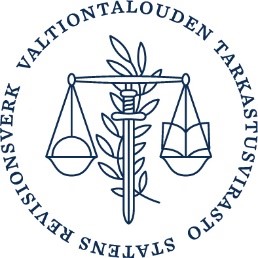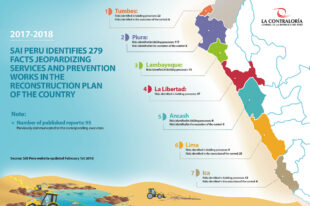The National Audit Office (NAO) of Finland conducts financial, compliance, performance, and fiscal policy audits. Prompted by data analytics opportunities, centralized implementation quality and efficiencies as well as a goal to provide better service to a wider variety of customers, NAO Finland extensively reformed financial audits over the past year.
The reform, which responds to changes in managing central government finances, aims to use new digital technologies more extensively. NAO Finland is excellently positioned to leverage data analytics to improve financial audits given its longstanding use within the organization coupled with an extremely high level of digitalization in the financial administration of Finland’s central government.
In recent years, the Finnish central government introduced shared information systems for key processes—bookkeeping, order-to-debt recovery, personnel administration, purchase-to-payment and travel administration. Tasks, such as access rights management, are also performed on a centralized, uniform basis. Thus, from an audit perspective, all data analytics advances are available to auditors of central government finances.
Data analytics in financial auditing can provide numerous benefits. A methodology based on financial audit standards works well when conducting financial audits using data analytics, which allow for auditing several key assertions and testing of controls. Available datasets can be used to verify how effectively controls are functioning. The walk-through method proves useful when high-quality data exists. Analytical substantive auditing can be a fairly easy way to forecast central government finances, though, as the year of the COVID-19 pandemic has been highly exceptional, this method can only be used on a limited scale.
Data analytics also substantially reduce the time it takes to detect risk of abuses.
However, data analytics can only be used effectively when there is access to reliable and valid financial audit data. This can often be challenging, as constructing interfaces requires understanding (1) audit work objectives and methods, (2) the way in which data can be used, and (3) the structure of information systems.
In the near future, machine learning may provide ample opportunities for audit process development, as the data obtained from financial administration processes can reveal potential situations for error early on.
Using artificial intelligence in audits also remains a future development scenario. While the process may take years, the trend is inevitable.






